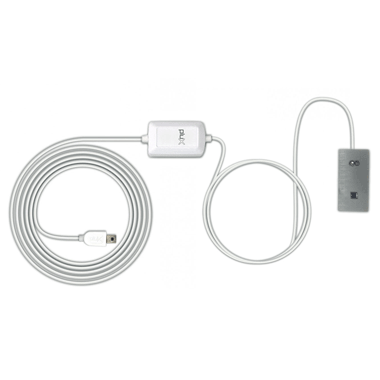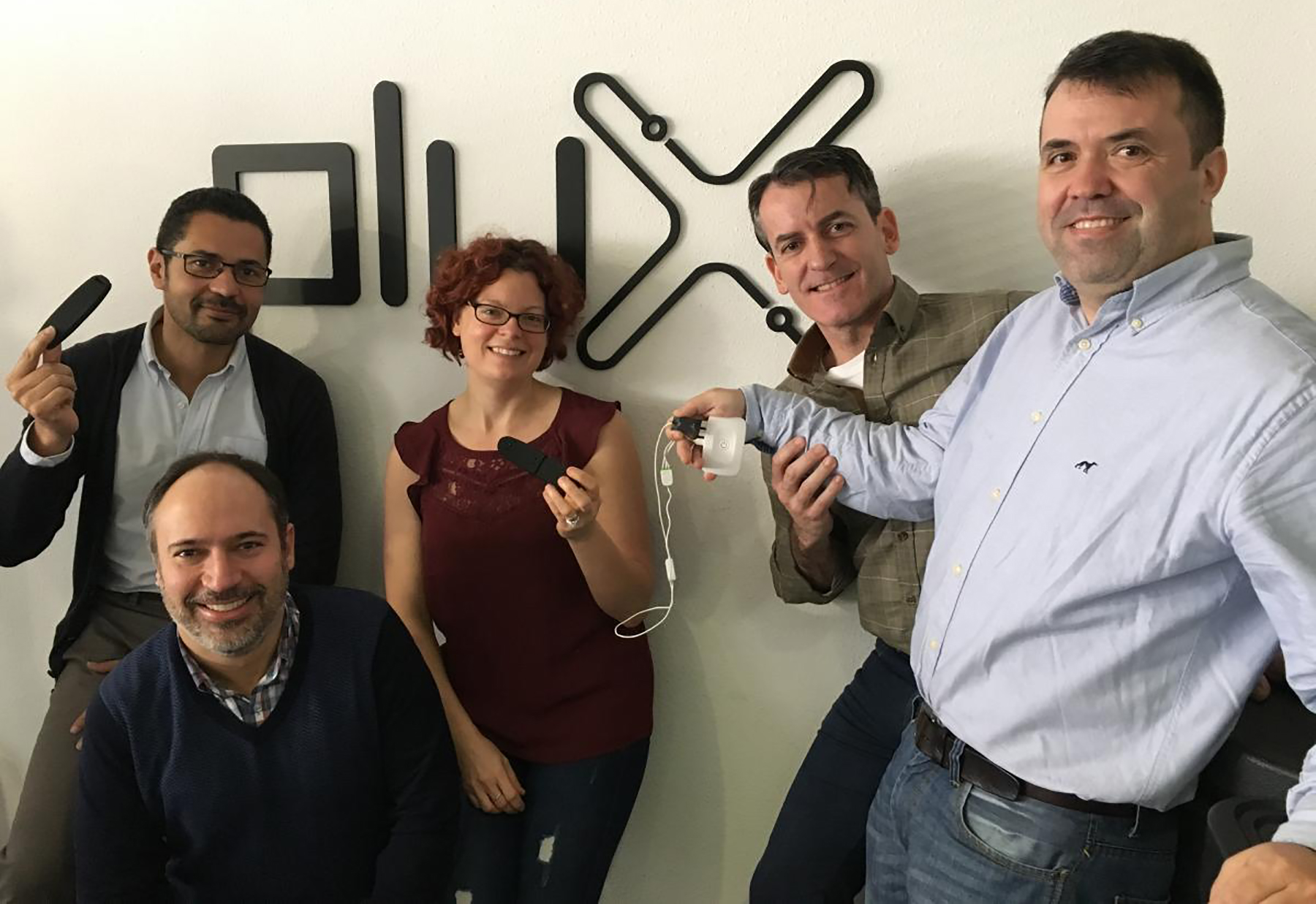Charles River Analytics Inc., developer of intelligent systems solutions, and PLUX, a biomedical engineering company in Portugal, announce the joint commercial launch of a new miniaturized wireless fNIRS sensor. This sensor captures high-quality signal at a fraction of the cost of current systems.
Functional Near-Infrared Spectroscopy (fNIRS) sensors measure visible and infrared light reflectance in cortical tissue. These sensors can be used to estimate blood oxygen saturation level in the brain tissue. They are typically applied on the forehead.
 The new fNIRS sensor was developed under a US Army contract called MEDIC and a US Air Force contract called ADAPTER. The sensor is being used as part of an unobtrusive set of biosignals sensors and advanced data processing software to automatically sense indicators of cognitive workload. This system augments performance observations, offering insight into factors underlying that performance.
The new fNIRS sensor was developed under a US Army contract called MEDIC and a US Air Force contract called ADAPTER. The sensor is being used as part of an unobtrusive set of biosignals sensors and advanced data processing software to automatically sense indicators of cognitive workload. This system augments performance observations, offering insight into factors underlying that performance.
Dr. Bethany Bracken, project lead researcher, said, “An unobtrusive system to measure cognitive state would be useful across multiple domains. Laboratory-based experiments would be easier to conduct and portable in real-world environments. It could be used in training, such as to assess the effectiveness of a curriculum or to tailor the curriculum to the needs of each student. It could also be used during testing and evaluation of new tools early in the design phase, which would streamline the development of intuitive tools.”
PLUX Chairman, Prof. Hugo Gamboa stated that this collaboration exemplifies how PLUX’s deep engineering capabilities and expertise with biosignals support the design of innovative sensor solutions for various fields of use.
Charles River and PLUX are developing an even more robust and integrated sensor solution, together with additional support software, for release in 2018. They expect to patent their innovative solution.
The current sensor is marketed for the research community. It is available for purchase at the PLUX online store or through its resellers’ network.
For more information on the sensor, visit biosignalsplux.com.
The development of this sensor is based upon work supported by the United States Army Medical Research and Materiel Command under Contract No. W81XWH-14-C-0018 and United States Air Force under Contract No. FA8650-14-C-6579. Any opinions, findings and conclusions or recommendations expressed in this material are those of the author(s) and do not necessarily reflect the views of the United States Army Medical Research and Materiel Command or the United States Air Force.





